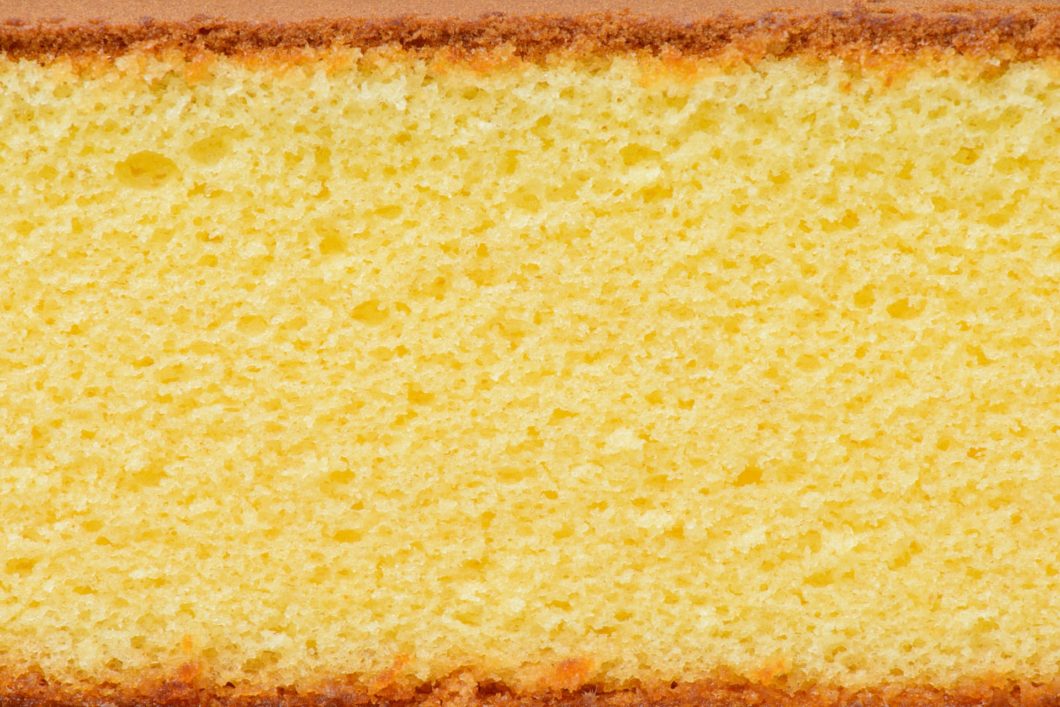Dextrin – sugar reduction in practice
Product development • Dextrin is a fibre that provides filling without contributing taste or viscosity. That makes it a perfect candidate for sugar reduction. On top of that, its stable, robust and easy to work with. This is an ingredient worth trying out.
Sugar reduction is exciting but complex work. In an article series, we will look at some ingredients that can be used to reduce sugar in food. How can the ingredients be used, and what should be considered? These are questions we will answer! In this article, we take a closer look at dextrin.
What is dextrin?
It is not easy to explain what dextrin really is, as it is a catch-all for shorter chains of glucose.
The origin of all forms of dextrin is starch from wheat, potatoes, corn, rice, cassava and other starchy crops. When the starch is broken up, for example during baking, it breaks down into single glucose molecules, chains with two glucose moieties (maltose) and shorter chains with three or more glucose moieties (maltodextrin). In some processes, these are re-combined with various glycoside bonds into tree-like structures. These re-combined carbohydrates are called dextrin.
Owing to the branching, dextrins are less digestible. By controlling the glycoside bonds between the branches, it is possible to produce dextrin that doesn’t break up at all in our digestion system. They are called resistant dextrin and are dietary fibres.
When we talk about dextrin in sugar reduction, it is resistant dextrin we refer to.
Read more about dextrin, branching and glucoside bonds in the article Dextrin – from seed to Eureba.
Yummy for the gut
Dextrin has several health benefits.
As all nutrition fibres, it is neither digested nor absorbed in the human small intestine. Thus, it doesn’t affect the blood sugar level.
Dextrin passes the digestive system unaffected to the large intestine, where it is prebiotic for the gut bacterias.
The bacteria in the colon ferment the fibres and produce short-chain fatty acids. That gives a sustained energy release. The amount of energy is only 1,7 kcal per gram. Compared to 4 kcal per gram of sugar, that is almost 60% fewer calories.
Also, dextrin doesn’t contribute to tooth decay.
Resistant and stable
Dextrin also has many desirable functional properties.
It has a neutral taste with no sweetness. Thus, it doesn’t affect the taste of the end product. Nor does it change the colour of the product.
Dextrin has good solubility. It dissolves quickly even at low temperature. And it is entirely transparent when dissolved.
Unlike most soluble fibres, dextrin doesn’t add viscosity.
Dextrin is robust and stable. You can freeze, thaw and heat up dextrin without affecting it. It is also resistant to both low and high pH-values.
It has a long shelf life and process stability. That is, if shape, texture or consistency decays, it is not because of the dextrin.

A mushy mess
With so many good qualities, one can be led to believe that the best substitute for sugar is dextrin and a dash of a high-intensity sweetener (e.g. steviol glycosides). Don’t do that. Your result will be mediocre at best.
Let’s assume you bake a sponge cake with 300 gram of sugar replaced with 299 gram of dextrin and 1 gram of high-intensity sweetener. It will not rise and get that airy softness you expect. On the contrary. The sponge cake would collapse and just be a mushy mess.
There is another reason why you can’t replace sugar with only dextrin. That would exceed the recommended intake of fibres, with stomach issues as a result.
Thus, dextrin needs the company of other ingredients.
Experiment and succeed
To succeed with the sugar reduced sponge cake, you must complement dextrin with other ingredients. What you need and in what proportions isn’t possible to tell. You must experiment and test until you are happy with the result. There are no shortcuts to sugar reduction; different applications require different solutions.
The voice of the expert

What do you think of dextrin?
– It’s a great ingredient. It dissolves quickly, is stable to both heat and different pH values and can be processed in different ways. This makes dextrin a perfect fit in both sugar reduction and fat-reduced recipes.
What about the taste and sweetness of using dextrin?
– Our research shows that up to 30 per cent of the sugar in a recipe can be replaced with dextrin without affecting consistency or taste, except that the sweetness need help of a high-intensity sweetener.
Srdjan’s three tips
Here are Srdjan Solaja’s three tips for those who want to get started making sugar reduction with dextrin.
- Dextrin will enchant you with its neutral taste. You will notice how well dextrin fits in several different applications because the natural flavours are retained.
- If you use dextrin in baking, it will not change the dough’s properties, and your pastry will feel fresh for a long time.
- Dextrin is not sweet, so you need to use high-intensity sweeteners or keep some of the sugar in the recipe to get the sweetness.
A helping hand
If you want help reducing sugar in your product, we can help you. Do not hesitate to contact us.
Please, share this article if you liked it.
[et_social_share]





